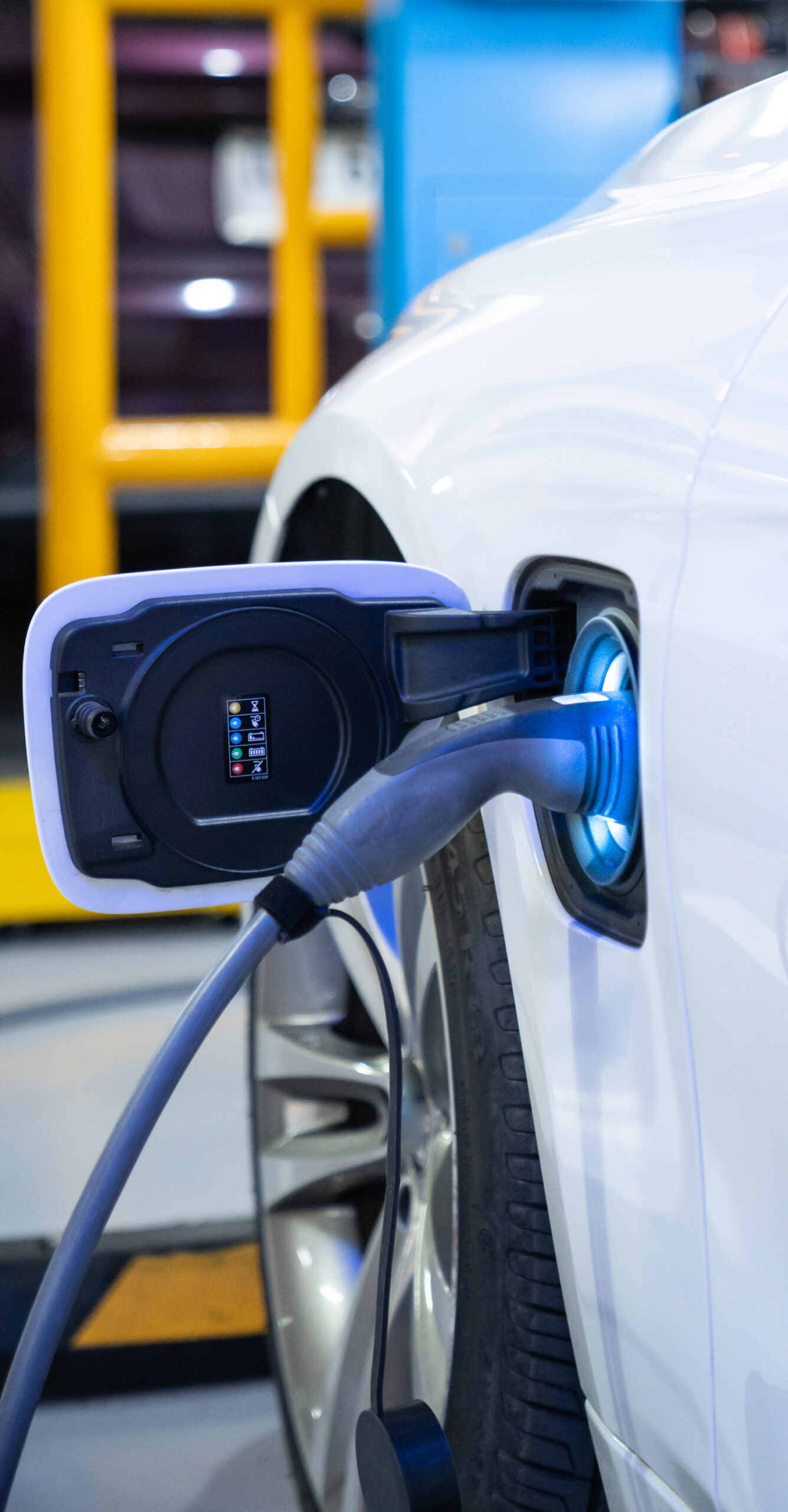The Biggest Challenges Under Biden’s Plan to Electrify Federal Fleet

President Biden’s executive order plans to electrify roughly 650,000 gas-powered vehicles in the government fleet. The move is the largest fleet transition announced by any national government. It is a significant commitment to support the electric vehicle industry. It will also become a huge incentive for everyday Americans to gain trust with electric transportation.
That being said, it is not an easy goal to accomplish. As a catalyst of innovation in the mobility and green energy space, we are intimately familiar with the obstacles when it comes to fleet electrification – from energy demand to charging infrastructures, to vehicle availability and compatibility for the public sector.
We asked some of our most trusted experts here in the Ideanomics family to share their perspectives on the biggest challenges under Biden’s commitment to electrify the federal fleet.
This is an incredible opportunity, and one which can be a win-win for the environment and innovation if done correctly. The biggest challenge at this time is the national infrastructure, and the capacity of the electrical grid to support the transition over to fueling our cars, trucks, and buses with electrical energy instead of fossil fuels. The innovation is there, as is the willingness from the commercial fleet operators, so with the appropriate government support we can make this happen. Two things are immediate obstacles, the availability of power, and the time it takes utilities to process permits and other applications required to deploy meaningful, high-power, charging infrastructure, which can charge a vehicle with the time convenience we enjoy from fossil fuels. If the government can introduce legislation and capacity to solve those two issues, the U.S. has the capital and the technology to deploy robust infrastructure quickly and efficiently.
”Two things are immediate obstacles, the availability of power, and the time it takes…to deploy meaningful, high-power, charging infrastructure.
Alf PoorCEO, Ideanomics
”We need to take the leap of faith that just like building out cellular infrastructure drove massive adoption of mobile devices, building out the EV charging infrastructure will drive EV adoption to the max.
Michael MasquelierCEO & CTO, WAVE
Biden has sent a huge positive message to the world that the USA will not only catch up with countries like China and Norway, but that we will also become leaders in EV adoption and supporting technology that leads to cleaner air. Few people realize that transportation is the largest contributor to pollution, and we have the technology to solve that problem today.
Having spent part of my earlier career in the now ubiquitous mobile device space, where each of us now hold amazing communication and computation power in our hands that filled up an entire room a decade earlier, a similar mega-trend will happen with EV adoption. We need to take the leap of faith that just like building out cellular infrastructure drove massive adoption of mobile devices, building out the EV charging infrastructure will drive EV adoption to the max. Biden’s leadership and funding of EV charging infrastructure will accelerate adoption, just like what happened with mobile devices and wireless charging is the “convenient” answer.
”President Biden’s commitment to electrify the Federal fleet will encounter the same challenge that his commitment is meant to target, vehicle availability across all vehicle types…None of the currently available electric vehicles (suitable for the USPS light-duty truck fleet) are both Buy American compliant and built by unionized labor.
Bryan RubioDirector of EV, Ideanomics
President Biden’s commitment to electrify the Federal fleet will encounter the same challenge that his commitment is meant to target, vehicle availability across all vehicle types. The Climate Group’s EV100 initiative consistently finds lack of adequate vehicle supply cited by fleet owners as a major barrier to increased electric vehicle (EV) adoption. According to the most recent data from the General Services Administration (GSA), the Federal fleet totals more than 645,000 vehicles with thirty-five percent passenger vehicles, sixty four percent trucks, and the remaining one percent made up of ambulances and buses. In addition to simple vehicle availability, these vehicles must have adequate range for their duty cycles and features for their desired purpose. For example, charging will likely represent a new constraint to consider during law enforcement operations from a security perspective. For this reason, I could see government vehicles being outfitted with larger battery configurations to address these concerns.
While his announcement did not set a date for this goal or specify whether vehicles were going to be retired early to it, I expect the Administration to take the more sustainable path and seek to find suitable replacements for their oldest vehicles first. This places the U.S. Postal Service’s light-duty truck fleet at the top of the list with an average age of nearly 26 years. With a fleet of over 176,000 trucks, such a move would continue to support the industry’s focus on one of America’s largest vehicle segments. Lastly, none of the currently available electric vehicles are both Buy American compliant and built by unionized labor. I applaud the President’s efforts to develop the EV industry in the U.S., but this requirement will further delay his Administration’s ability to find suitable replacement vehicles in the near term.
